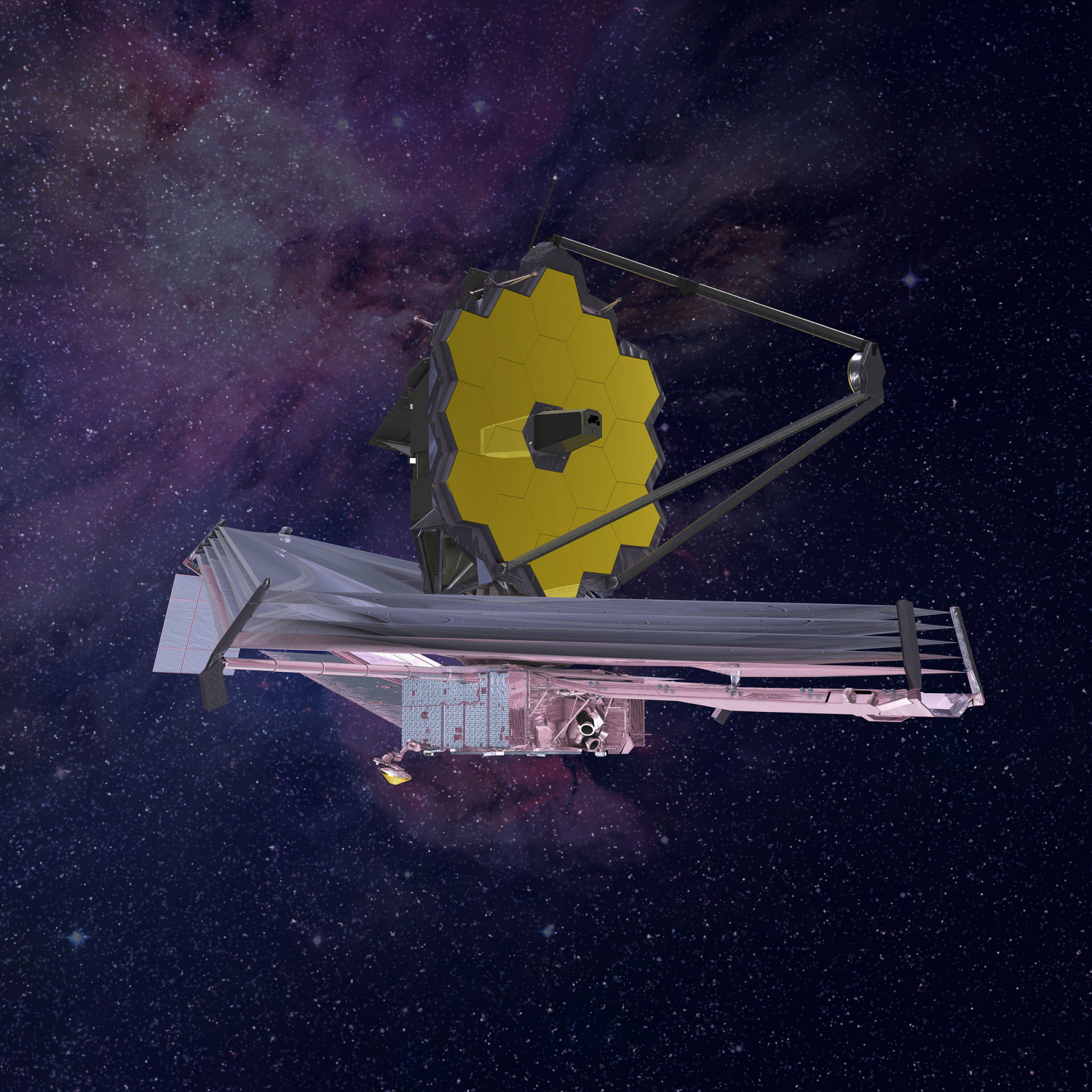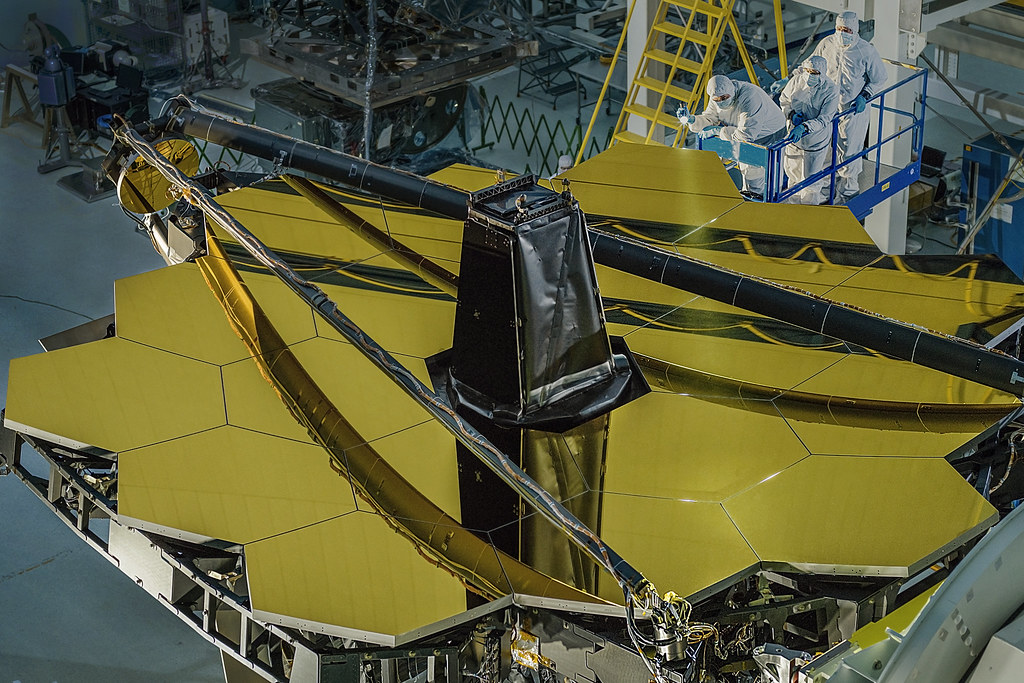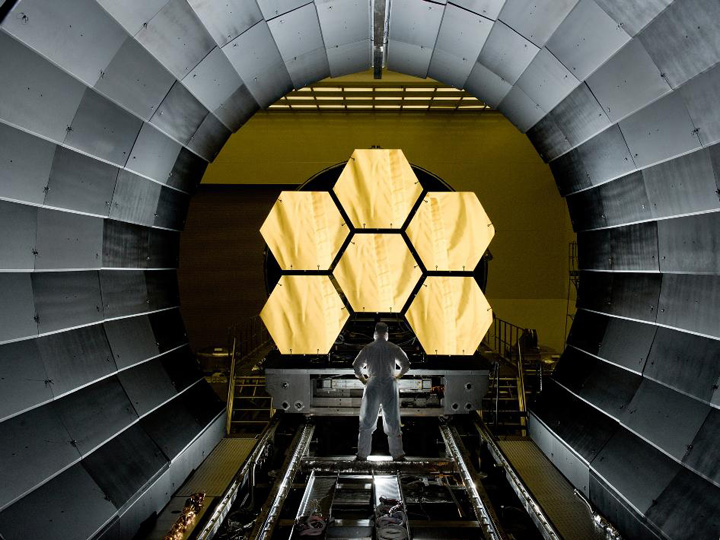While the telescope itself is a technological wonder, one of its most aesthetically grabbing elements is its 6.5-meter primary mirror, made of 18 hexagonal mirrors, coated with a plating of gold. And, yes, that’s real gold — about five men’s wedding rings worth of the metal. We had a question: why? What reason is there for the mirror to be gold-plated? Well, we have the answer. Mirrors on a telescope are often coated with some variety of metal in order to reflect as much light as possible. The kind of metal depends on the type of light a telescope is looking at, and, in James Webb’s case, gold was the ideal choice. The telescope’s observing infrared — the type of light emanating from the deep cosmos. As per Paul Geithner, a Deputy Project Manager for the James Webb Space Telescope at NASA, there are two main reasons why observing the infrared spectrum is crucial: To assist the telescope’s mission to observe infrared light, its mirrors have been designed to reflect as much of the light as possible. Another reason is because stars and planets form in clouds of gas and dust, and this dust obscures our view. Infrared light penetrates these clouds and allows us to see inside. According to NASA’s Elements of the Webb series, there are a couple of metals that do an exceptional job at reflecting infrared light. Aluminum reflects 85%, silver up to 95%, and gold up to 99%. Gold is also one of the most unreactive metals, meaning it’s too durable to oxidize and decay in space. To maximize the metal’s reflective properties, the gold coating is applied to the mirrors with a process called “vacuum vapor deposition.” Basically, the mirrors are put inside a vacuum chamber, and a small quantity of gold is vaporized and deposits on the mirror. You can see how this fascinating process works in the video below: So there you have it! Now you know why the mirrors of the James Webb Telescope are gold-plated.


